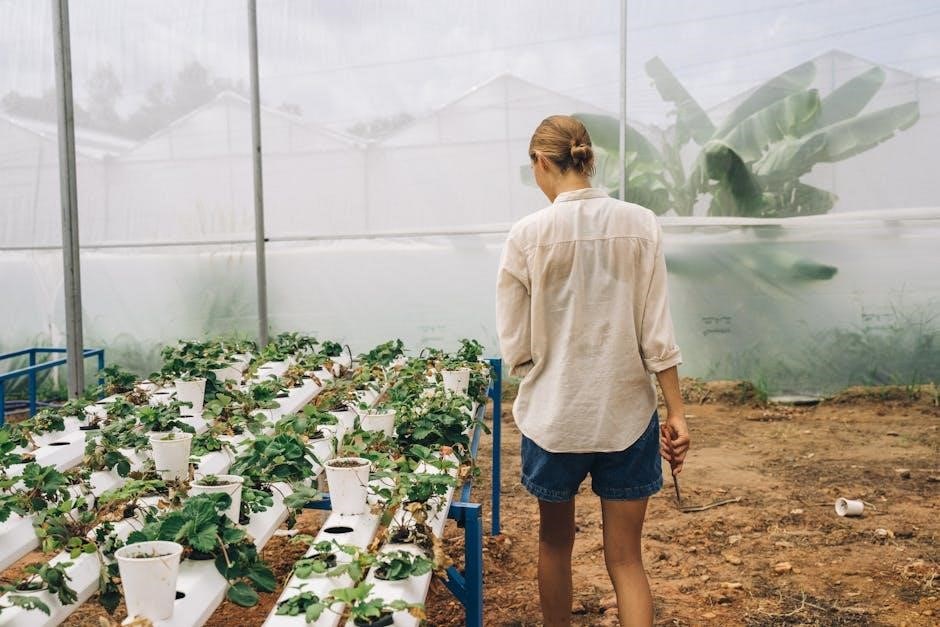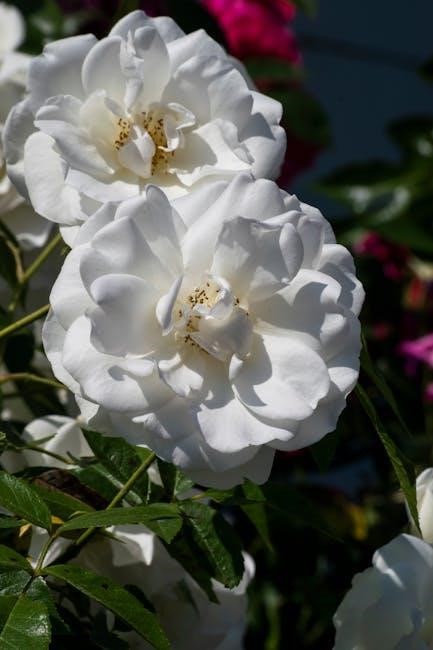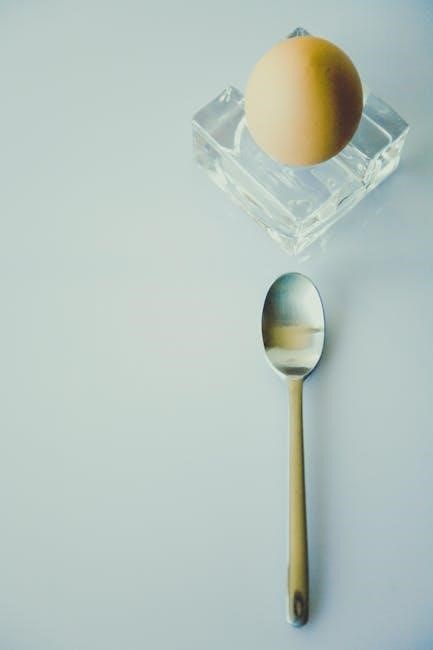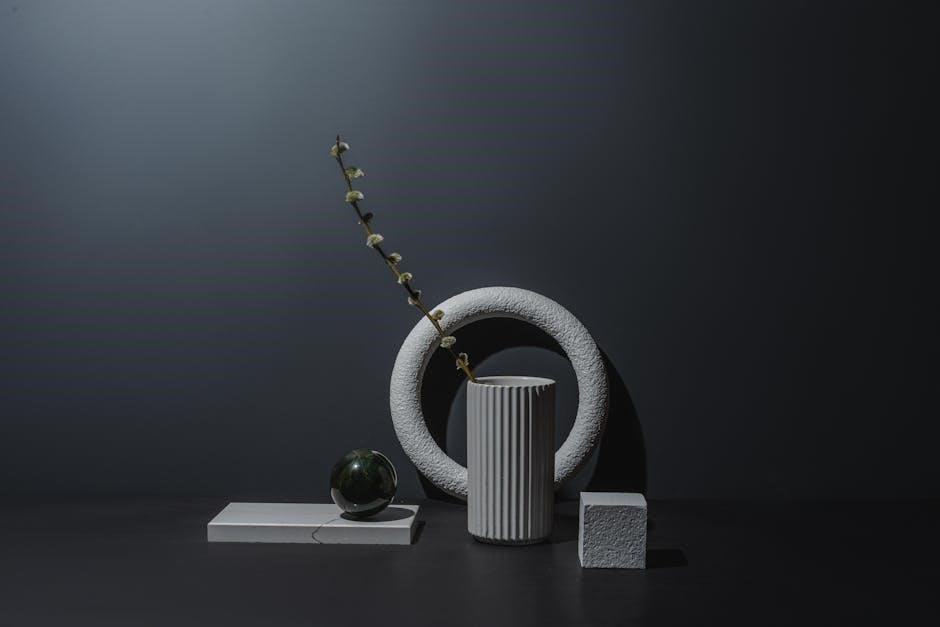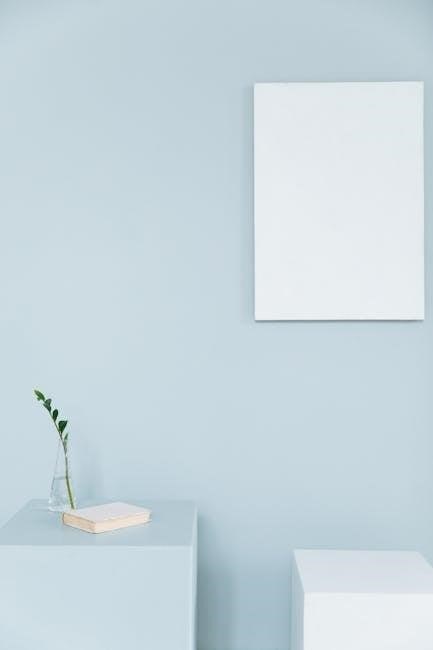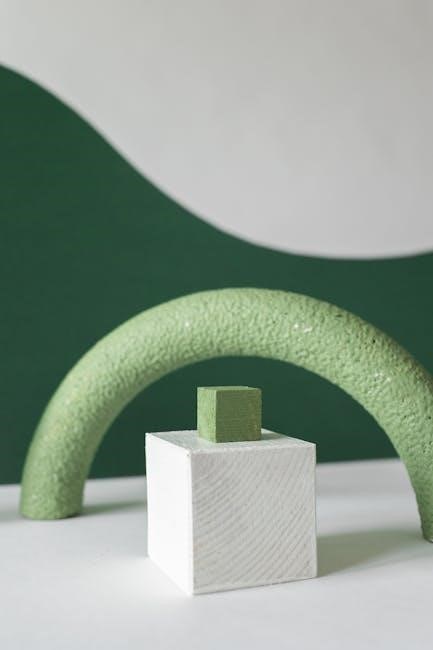Garden cube hydroponics instructions provide a comprehensive guide to setting up and maintaining a hydroponic system, using water-soluble nutrients and LED lights for optimal plant growth and development always online.
Overview of Hydroponics and its Benefits
Hydroponics is a method of growing plants using a nutrient-rich solution rather than soil, offering numerous benefits for gardeners.
The use of hydroponics allows for faster plant growth, increased crop yields, and improved plant health.
With hydroponics, gardeners can control the exact amount of nutrients their plants receive, reducing waste and minimizing environmental impact.
Additionally, hydroponics systems can be designed to conserve water and reduce the need for pesticides and other chemicals.
This makes hydroponics an attractive option for gardeners looking to create a sustainable and efficient gardening system.
Hydroponics also offers the ability to grow plants in a controlled environment, allowing for year-round gardening regardless of the weather or season.
Overall, hydroponics provides a unique and beneficial way to grow plants, making it an excellent choice for gardeners of all levels.
By using hydroponics, gardeners can enjoy a bountiful harvest while minimizing their impact on the environment.
Hydroponics is a versatile and effective method of growing plants that can be used in a variety of settings, from small indoor gardens to large commercial operations.
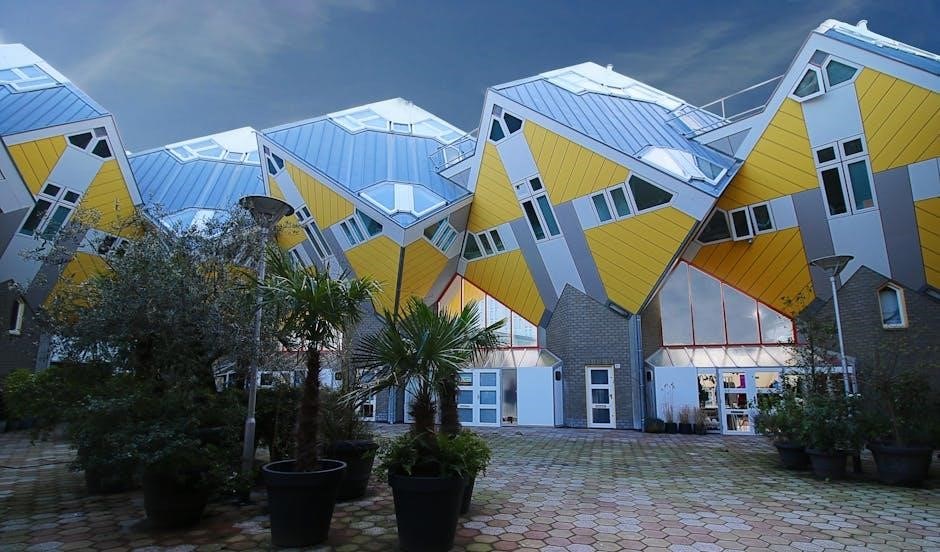
Understanding the Garden Cube System
Garden cube system uses advanced hydroponics technology for optimal plant growth and development always online using water.
Components of the Garden Cube Hydroponics System
The garden cube hydroponics system consists of several key components, including a growing chamber, a nutrient reservoir, and a pump system. The growing chamber is where the plants are placed, and it is typically a large, plastic container with several small holes in the bottom for the roots to grow through. The nutrient reservoir is a separate container that holds the nutrient solution, which is pumped into the growing chamber as needed. The pump system is responsible for circulating the nutrient solution and providing oxygen to the roots. Additional components may include aeration stones, pH test kits, and thermometers to monitor and control the system. These components work together to provide a balanced and healthy environment for the plants to grow. The system is designed to be efficient and easy to use, making it a great option for gardeners of all skill levels.
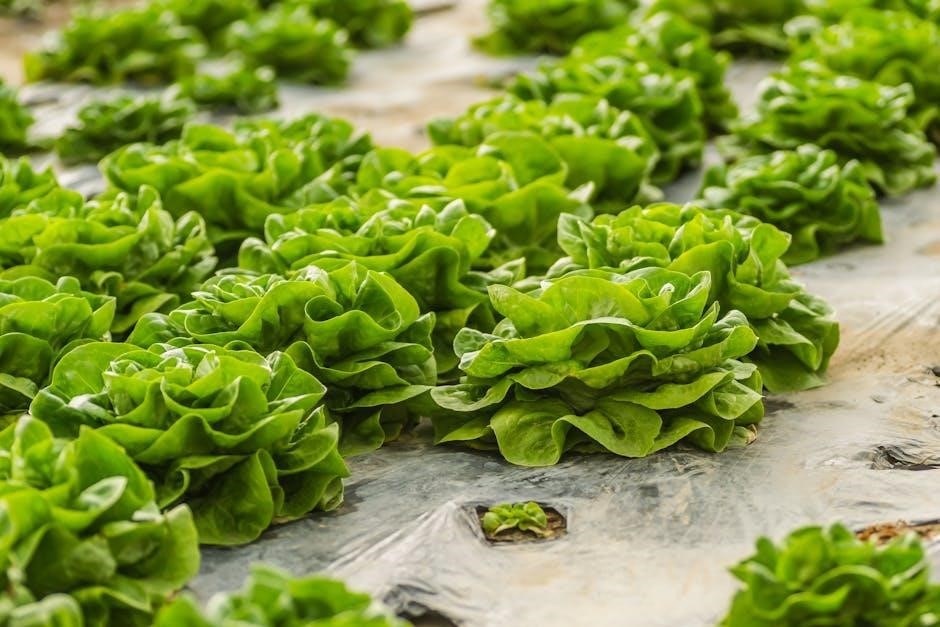
Setting Up the Garden Cube
Setting up the garden cube involves assembling and connecting the system components carefully online always.
Initial Setup and Preparation for Plant Growth
The initial setup and preparation for plant growth in the garden cube hydroponics system is crucial for optimal results. This involves carefully assembling and connecting the system components, including the LED lights, water reservoir, and nutrient delivery system. The system should be placed in a location with minimal light pollution and consistent temperatures. The water reservoir should be filled with a balanced nutrient solution, and the pH levels should be monitored and adjusted accordingly. The LED lights should be adjusted to the recommended height and spectrum for the specific plant variety being grown. By following these steps, gardeners can create an ideal environment for their plants to thrive and produce healthy and abundant harvests. The garden cube hydroponics system is designed to be easy to use and maintain, making it accessible to gardeners of all skill levels and experience.
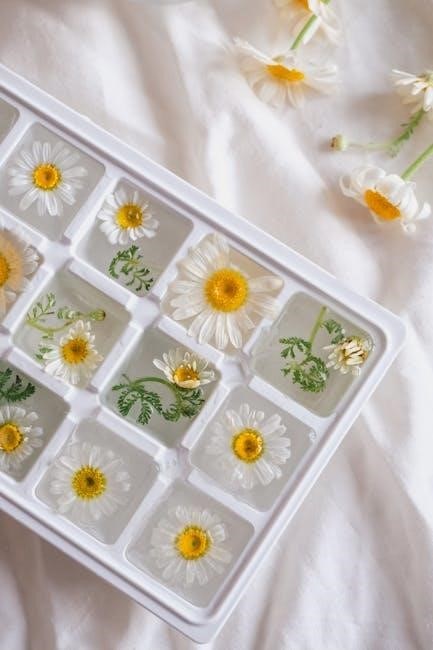
Nutrient Requirements for Hydroponic Plants
Hydroponic plants require balanced water-soluble nutrients for optimal growth always online every day.
Using Water-Soluble Nutrients for Optimal Plant Growth
Water-soluble nutrients are essential for optimal plant growth in hydroponic systems, providing plants with the necessary nutrients for healthy development. These nutrients are available in liquid or powdered form and can be found at most garden stores or hydroponics outlets. The instructions provided with the nutrients should be followed carefully to ensure the correct dosage is administered. Using water-soluble nutrients promotes healthy plant growth, increases yields, and enhances the overall performance of the hydroponic system. It is crucial to choose high-quality nutrients specifically designed for hydroponics to achieve the best results. By following the instructions and using the right nutrients, gardeners can create an ideal environment for their plants to thrive, resulting in faster growth rates and higher quality crops. This is especially important in indoor gardening setups where plants rely solely on the provided nutrients for growth and development.
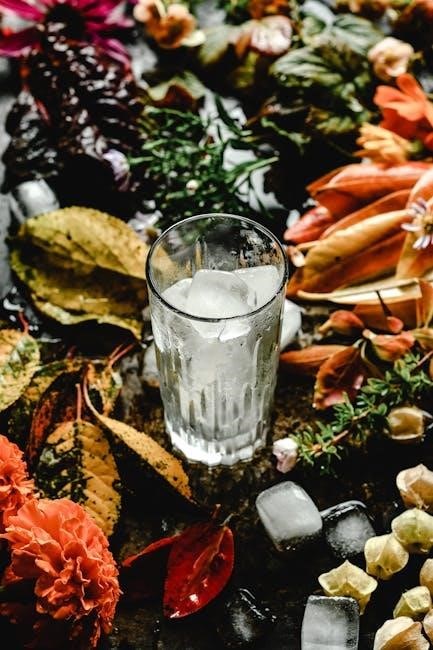
Transplanting Seedlings into the Hydroponic System
Transplanting seedlings into the hydroponic system requires gentle handling to prevent shock and promote healthy root growth always using net pots and rockwool cubes for support and stability online.
Reducing Transplant Shock and Promoting Healthy Root Growth
To reduce transplant shock and promote healthy root growth, it is essential to handle the seedlings gently and minimize disturbance to the roots. The use of rockwool cubes and net pots can help to reduce transplant shock by allowing the roots to grow freely and preventing damage to the delicate root system. Additionally, the rockwool cubes can help to retain moisture and provide a stable environment for the roots to grow. By following these steps, gardeners can help to promote healthy root growth and reduce the risk of transplant shock, giving their plants the best chance to thrive in the hydroponic system. This is especially important in a garden cube hydroponics system, where the plants are grown in a controlled environment. Proper handling and care can make a significant difference in the health and productivity of the plants.
Maintenance and Care of the Garden Cube System
Regular monitoring and maintenance of the system ensures optimal performance and plant growth.
Monitoring Plant Growth and Adjusting the LED Light Height
Monitoring plant growth is crucial in a hydroponic system, and adjusting the LED light height plays a significant role in promoting healthy plant development.
The LED grow lights provide the necessary spectrum and intensity for plant growth, and their height should be adjusted accordingly to ensure optimal exposure.
A general rule of thumb is to keep the LED lights at a distance of 12-18 inches from the plant canopy, but this may vary depending on the specific plant variety and growth stage.
Regular monitoring of plant growth and adjusting the LED light height will help prevent overheating, stretching, or burning of the plants.
By following these guidelines and making adjustments as needed, growers can optimize their hydroponic system and achieve maximum yields and plant quality.
The use of high-quality LED grow lights and proper monitoring techniques will result in healthier and more productive plants.
Proper care and maintenance are essential for a successful hydroponic system.
